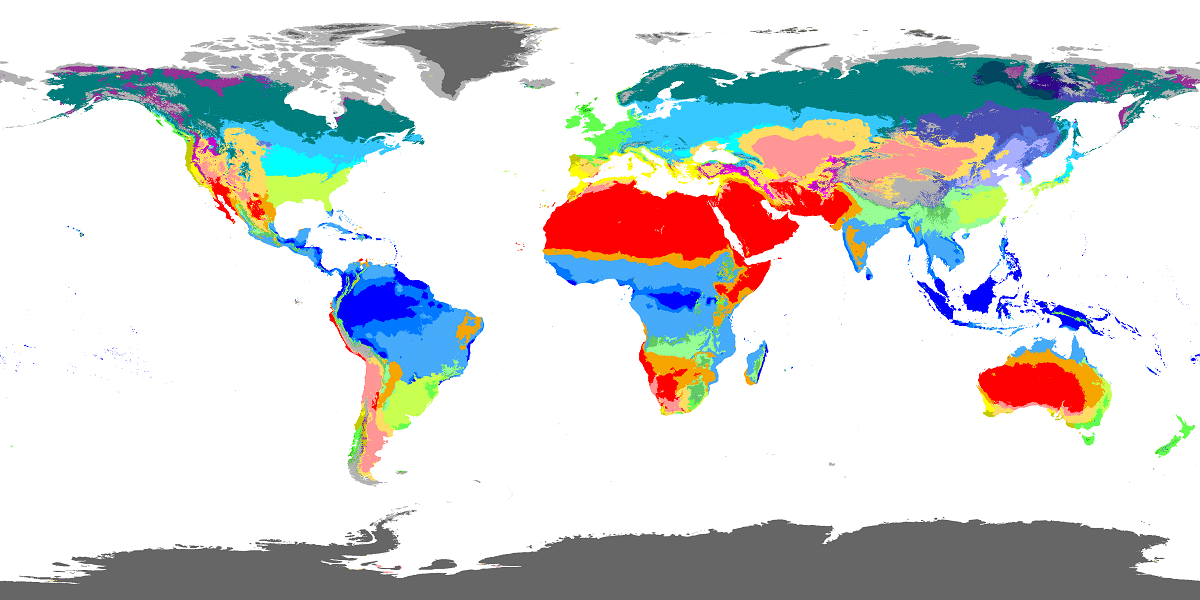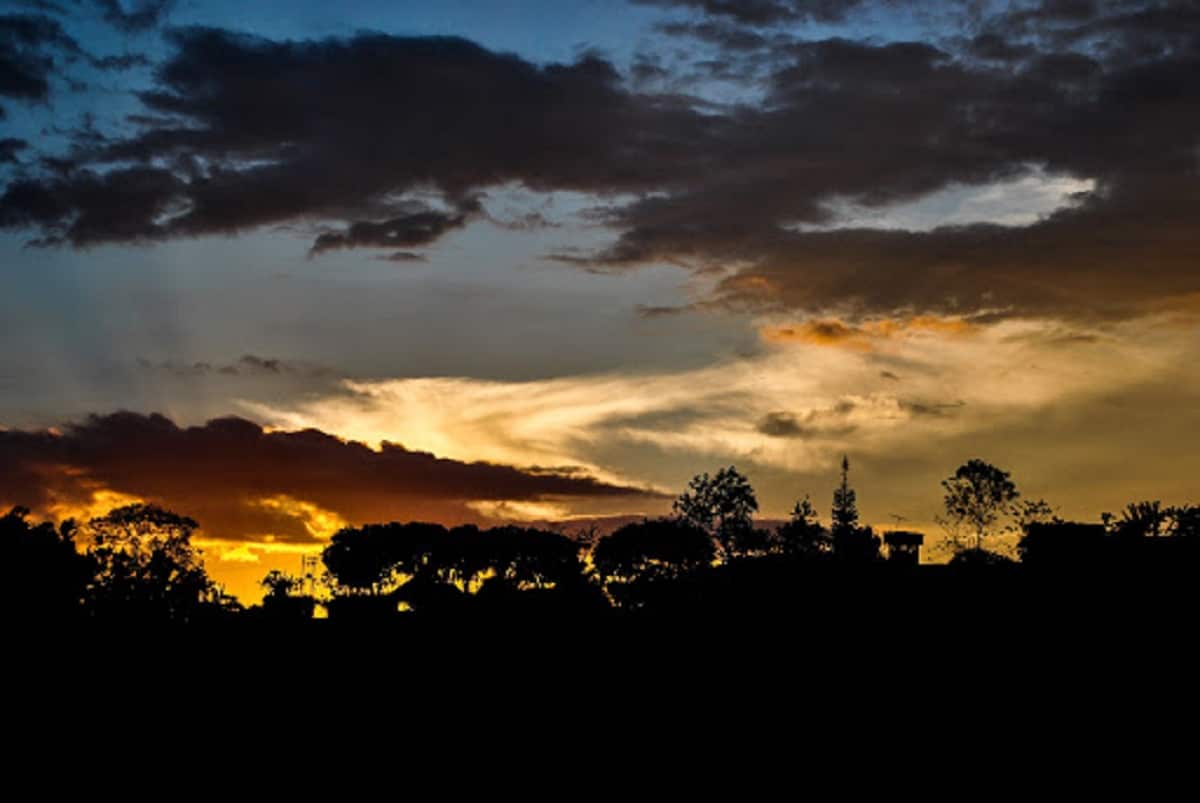
There are many people who confuse the climate common and meteorology. When we refer to climate we are mentioning all the patterns of variation of the different atmospheric variables over time. These atmospheric variables are temperature, humidity, atmospheric pressure, wind regime, solar radiation, etc. Climate is usually distinguished from time since the former refers to the long-term conditions in a region. Meteorology refers to a short period of time.
In this article we are going to tell you all the characteristics, types, factors and elements of the climate.
What is the weather

It refers to all the variation patterns of the different variables and meteorological conditions of interest. These characteristics are defined for a specific geographic region. The various geographical regions of the world have a climate associated and determined by physical factors and the relationships that exist between these factors. This whole set of values of the meteorological variables is known as the climate system. These factors operate in an orderly and reciprocal manner even in the most extreme climates.
The climate interaction points are as follows: atmosphere, hydrosphere, lithosphere, biosphere and what biosphere. At the same time, climates are studied from different historical perspectives in order to understand all the formation and development processes of our planet. The main objective is to make different predictions and to understand the processes that are in place for atmospheric dynamics.
Climate is an important element in planning different human activities. Mainly it influences all those economic activities of the human being that require specified environmental conditions. One of them is agriculture. Alterations in the global climate as it is climate change and global warming can be very negative for human life.
Types of weather

We know that depending on where we are and the current environmental conditions there are different types of climate. For example, in the mountain climate the temperatures are generally cold. There is a large number of techniques to classify climates using ladders and studies on the matter. The simplest classification of all is to attend to the degree of heat in a particular climate. Let's see what are the differences in the type of climate depending on the temperature:
- Warm weather: It is that place that presents normally high temperatures constantly. Here we find equatorial, tropical, arid subtropical, desert and semi-desert climates. In these climates there are ecosystems with little biodiversity and others with a lot of biodiversity. And it is that the only variable that influences the existence of life is not temperature. For example, in tropical climates there is a large amount of flora and fauna since rainfall is high.
- Temperate climates: it is the type of intermediate climate between hot and cold. It has important variations in terms of the season and a lot of variability in the meteorology. Here we find the humid tropical, Mediterranean, oceanic and continental.
- Cold weather: It is where the lowest temperatures are generally found throughout the year. They tend to have less biodiversity given the adverse conditions that do not allow the development of flora and fauna. We have the polar, mountain or tundra climate.
Weather elements

Climatology is made up of a series of elements that are usually measured and evaluated throughout the year to establish the environmental conditions of a region. We are going to see which are the main elements that are studied and evaluated to be able to issue long-term predictions:
- Room temperature: is the degree of heat or cold that generally exists in the atmospheric air mass of a region. The temperature rises or defends depending on the amount of solar radiation that affects the specific place.
- Atmospheric pressure: Atmospheric pressure is defined as the weight of the air in the atmosphere. It is the pressure that exerts action in all directions on the air masses present in the atmosphere of a region. It is one of the variables that most affects the other climatic elements due to the dynamics of the atmosphere.
- Winds: the wind regime is practically due to pressure variations in the air. And it is that these changes in atmospheric pressure generate displacement of the air masses that we know by the name of wind. This movement of the air masses allows the distribution of all energy and heat equally in an area.
- Humidity: is the degree of water vapor that exists in the atmosphere. A part of the hydrological cycle is when the water is in a vapor state and the atmosphere remains until the environmental conditions change.
- Precipitation: the abundance of water vapor in the atmosphere leads to its condensation for the formation of clouds. Clouds are displaced by the wind and when they reach a certain thickness, the water droplets fall under their own weight.
Factors
There are some important factors in determining the climate of a region. Let's see which are the most important:
- Latitude: it is the geographic location of the specific region. The air temperature and the incidence of solar rays greatly influence. It is thanks to the latitude that the seasons of the year can be explained well. And it is that the temperature depends on the degree of inclination of the incidence of the sun's rays.
- Altitude: the environmental thermal gradient is an important element that varies according to altitude. It is not the same to compare the temperature at sea level than at a certain height. Normally, the value of the environmental thermal gradient is 3 degrees per 100 meters. That is, as we rise in altitude, the temperatures drop. So does atmospheric pressure.
- Ocean currents: the movements of oceanic waters are responsible for redistributing heat and cold throughout the planet.
- Distance from the sea: the proximity to the remote coast or large bodies of water also determines the amount of moisture that is present in the air.
- Relief: Orientation to the geological shape of the surface can make an area more prone to drought or high humidity.
- Wind direction: the air masses move and allow hot and cold airs to spread through different regions.
I hope that with this information you can learn more about what the climate is and what are the important elements that influence it.